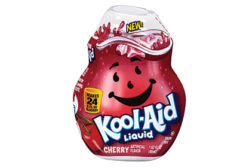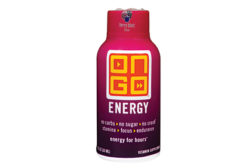Packaging Material
Plastic offers flexibility, sustainability for brand owners
Read More
Using packaging shape to create beverages that stand out
Focus on imagery can help attract ethnic consumers
May 16, 2014
Beverage-makers find key benefits in plastic, aluminum and glass materials
Primary packaging materials offer sustainability, taste, protection benefits
April 16, 2014
Stretch- and shrink-sleeve labels play into lightweighting trend
Stretch and shrink sleeves boast highest label growth rate
February 14, 2014
Value-added caps boost cap industry growth
Consumers seek easy-open closure solutions
January 15, 2014
The Best Packages of 2013
Top packages showcase functionality, shelf appeal
December 11, 2013
Special inks add a sensory experience to beverage containers
Ink add-ons provide unique sight, smell and touch experiences
November 15, 2013
Americans expect food, beverage brands to play a role in recycling
Consumers look to product’s packaging first to learn whether it is recyclable
October 30, 2013
Convenience, portability affect packaging selection
Cartons, pouches and aseptic containers appeal to different consumer need states
October 16, 2013
How to find the perfect label for your package
Labeling materials help packages meet performance and sustainability goals
September 16, 2013
Elevate your expertise in the beverage marketplace with unparalleled insights and connections.
Join thousands of beverage professionals today. Shouldn’t you know what they know?
JOIN NOW!Copyright ©2025. All Rights Reserved BNP Media.
Design, CMS, Hosting & Web Development :: ePublishing












